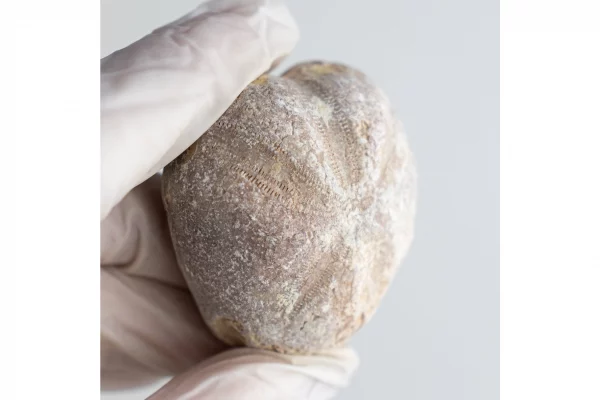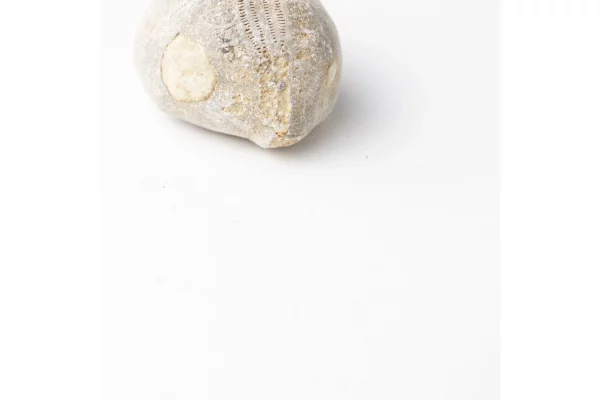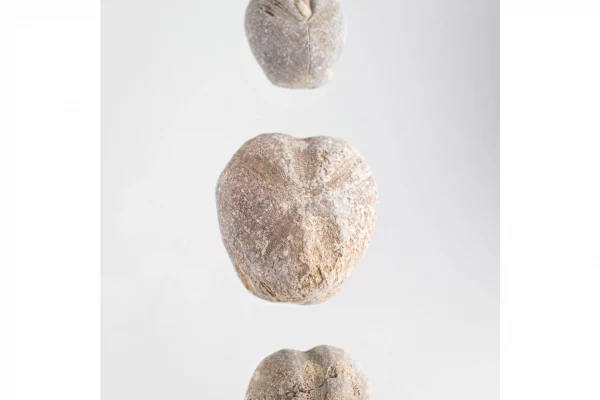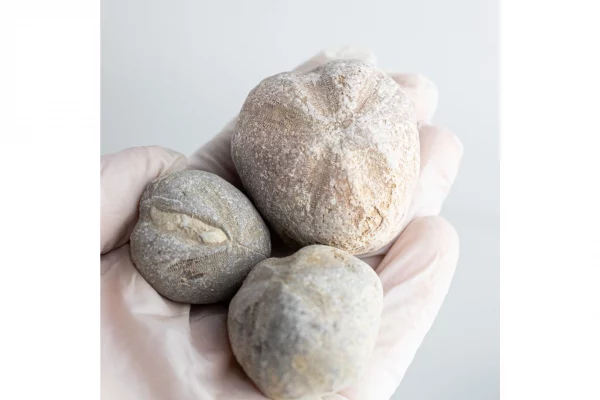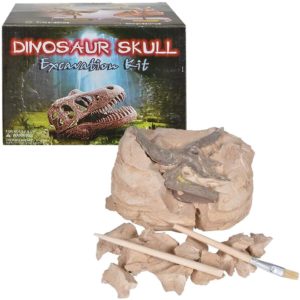A wonderful addition to your fossil collection!
Between 99–140 million years ago, this heart-shaped sea urchin lived in the region that is now the Atlas Mountains of North Africa.
This urchin lived and died in the Atlantic Ocean, and its calcium carbonate body, called a test, remained underwater until sometime within the last 65 million years when the European and African land masses collided near present-day Morocco. This collision caused the formation of the Atlas Mountain range, which raised these fossils out of the sea.
Heart Urchin’s are echinoid marine invertebrate of the order Spatangoidea (phylum Echinodermata). It’s name comes from the body shape, which is typically oval or heart-shaped. The internal skeleton has four porous spaces, or petaloids and the body is covered with fine, short spines.
Heart urchins live in burrows lined with mucus. Long tentacles, actually modified tube feet, reach out over the sand to pick up small particles of food. Other tube feet have respiratory and sensory functions. Movement is carried out by means of the spines.
Images are representative of the specimen you will receive.


